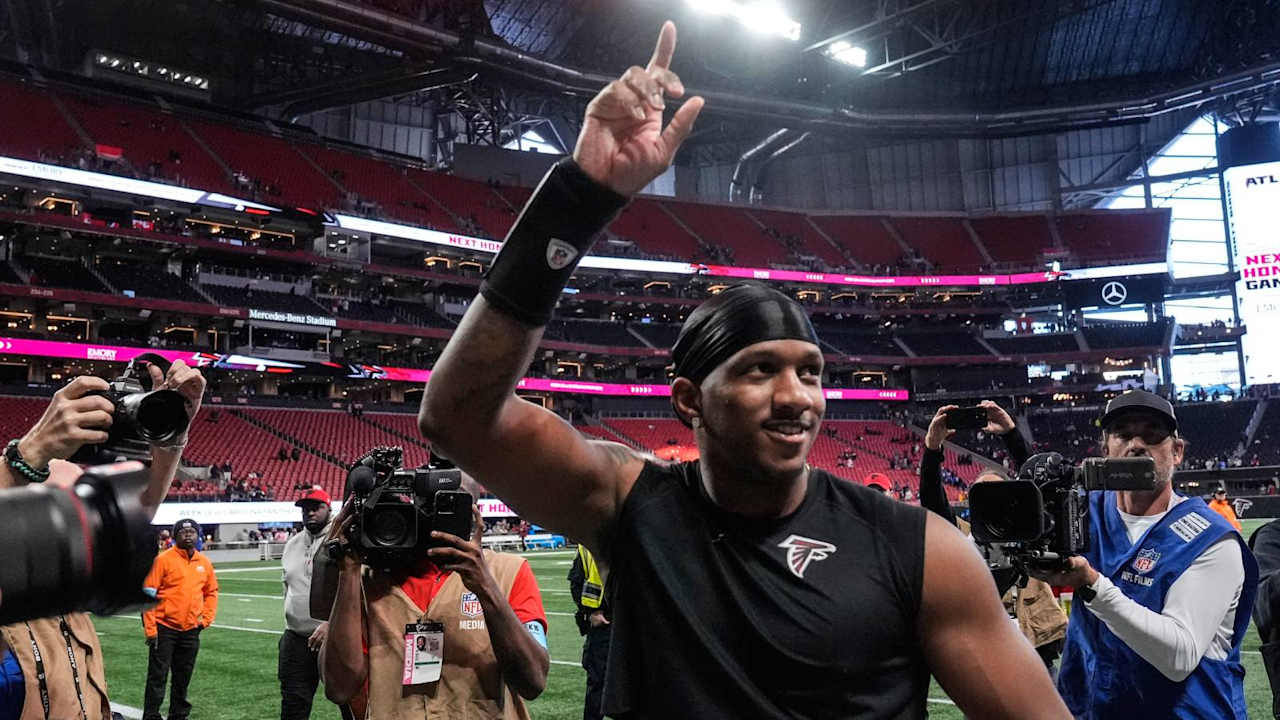World
Opinion | The Last Survivors of an Atomic Bomb Have a Story to Tell

The waiting room of the Red Cross hospital in downtown Hiroshima is always crowded. Nearly every available seat is occupied, often by elderly people waiting for their names to be called. Many of these men and women don’t have typical medical histories, however. They are the surviving victims of the American atomic bomb attack 79 years ago.
Not many Americans have Aug. 6 circled on their calendars, but it’s a day that the Japanese can’t forget. Even now, the hospital continues to treat, on average, 180 survivors — known as hibakusha — of the blasts each day.
When the United States dropped an atomic weapon on Hiroshima on Aug. 6, 1945, the entire citizenries of both countries were working feverishly to win World War II. For most Americans, the bomb represented a path to victory after nearly four relentless years of battle and a technological advance that would cement the nation as a geopolitical superpower for generations. Our textbooks talk about the world’s first use of a nuclear weapon.
Many today in Hiroshima and Nagasaki, where the United States detonated a bomb just three days later, talk about how those horrible events must be the last uses of nuclear weapons.
A view across the Motoyasu River of the Atomic Bomb Dome in Hiroshima.
The bombs killed an estimated 200,000 men, women and children and maimed countless more. In Hiroshima 50,000 of the city’s 76,000 buildings were completely destroyed. In Nagasaki nearly all homes within a mile and a half of the blast were wiped out. In both cities the bombs wrecked hospitals and schools. Urban infrastructure collapsed.
Americans didn’t dwell on the devastation. Here the bombings were hailed as necessary and heroic acts that brought the war to an end. In the days immediately after the nuclear blasts, the polling firm Gallup found that 85 percent of Americans approved of the decision to drop atomic bombs over Japan. Even decades later the narrative of military might — and American sacrifice — continued to reign.
For the 50th anniversary of the war’s end, the Smithsonian buckled to pressure from veterans and their families and scaled back a planned exhibition that would have offered a more nuanced portrait of the conflict, including questioning the morality of the bomb. The Senate even passed a resolution calling the Smithsonian exhibition “revisionist and offensive” and declared it must “avoid impugning the memory of those who gave their lives for freedom.”
In Japan, however, the hibakusha and their offspring have formed the backbone of atomic memory. Many see their life’s work as informing the wider world about what it’s like to carry the trauma, stigma and survivor’s guilt caused by the bombs, so that nuclear weapons may never be used again. Their urgency to do so has only increased in recent years. With an average age of 85, the hibakusha are dying by the hundreds each month — just as the world is entering a new nuclear age.
Countries like the United States, China and Russia are spending trillions of dollars to modernize their stockpiles. Many of the safeguards that once lowered nuclear risk are unraveling, and the diplomacy needed to restore them is not happening. The threat of another blast can’t be relegated to history.
And so, as another anniversary of Aug. 6 passes, it is necessary for Americans — and the globe, really — to listen to the stories of the few human beings who can still speak to the horror nuclear weapons can inflict before this approach is taken again.
A small pink booklet fits squarely in Shigeaki Mori’s breast pocket — a cherished possession that over the years has become more closely tied to his self-identity. The Atomic Bomb Survivor’s Health Handbook grants him access to free medical checkups and treatment, which at age 87 is critical. Flip open the first page to see his distance from the bomb when it detonated that bright August morning and flip another page to begin tracing years of his health history, written in neat rows of Japanese script.
Barack Obama was the first sitting U.S. president to visit Hiroshima, in 2016 — in sharp contrast to the regular visits of American leaders to Europe to commemorate major battles there. Mr. Mori was one of two survivors who spoke briefly with Mr. Obama after his remarks, leading to an emotional embrace between the two men.
On his living room wall, Mr. Mori proudly displays a photograph of that moment, alongside dozens of other mementos — including a photo with the pope — from his work over decades to remind the world of what happened in Hiroshima. Many Japanese hoped Mr. Obama’s visit would bring an official apology for the bombings; it did not. The president, however, did not shy away from recognizing the destruction of that day.
The camphor trees at Sanno Shrine in Nagasaki survived the bombing and continue to grow.
“We stand here, in the middle of this city, and force ourselves to imagine the moment the bomb fell. We force ourselves to feel the dread of children confused by what they see. We listen to a silent cry,” Mr. Obama said. “Mere words cannot give voice to such suffering, but we have a shared responsibility to look directly into the eye of history and ask what we must do differently to curb such suffering again.”
He recognized that voices like Mr. Mori’s are fleeting. “Someday the voices of the hibakusha will no longer be with us to bear witness,” Mr. Obama said. “But the memory of the morning of Aug. 6, 1945, must never fade. That memory allows us to fight complacency. It fuels our moral imagination. It allows us to change.”
The Smithsonian is in the midst of planning an exhibition on World War II, with a spotlight on the two bombed cities. It’s time for the next generation to bear witness and demand change.










